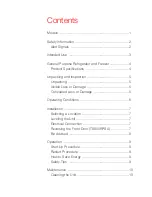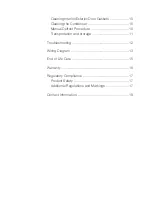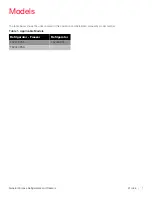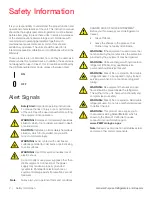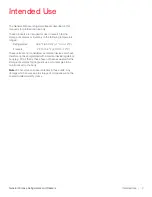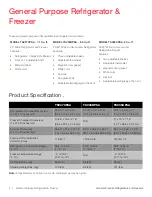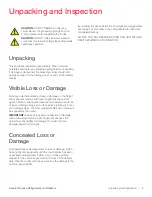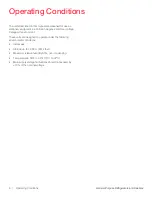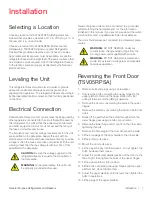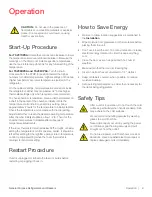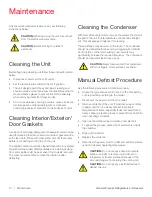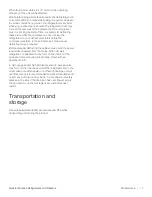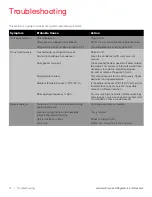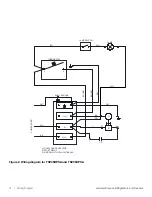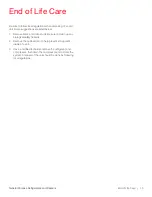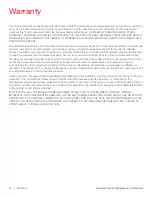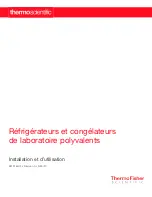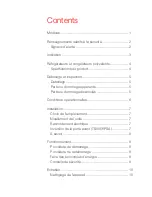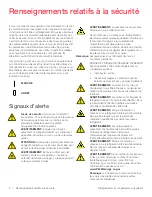
General Purpose Refrigerators and Freezers
Maintenance | 11
When frost accumulates to 1/4" or more, the operating
efficiency of the unit will be affected.
All laboratory refrigerators feature automatic defrosting and in
normal conditions no manual defrosting is required. However,
in certain conditions (e.g. when the refrigerator is very full or
when any new items are stored in the refrigerator) frost may
form on the rear wall of the equipment as the compressor
must run for long periods of time. As automatic defrosting
takes place while the compressor is not running, the
refrigerator may not defrost completely before the
compressor restarts. In these instances, some manual
defrosting may be required.
Before manually defrosting the cabinet, make sure the power
lead is disconnected from the mains. With cold wall
refrigerator, condensation may form on the interior of the
cabinet and may require periodic wipe- down with an
absorbent cloth.
In high usage and/or high ambient scenarios, excessive ice
may form on the inner back wall of the refrigerator and in the
worst case or sudden power cut-off event, drain pan might
overflow. Hence it is recommended to defrost frequently and
collect any build up ice from inside in a container and safely
dispose in the sink. If the drain pan has over flowed, empty
the pan and dry up the wet regions around before next
restart.
Transportation and
storage
Use all required local facility procedures and PPE while
transporting and storing the product.



